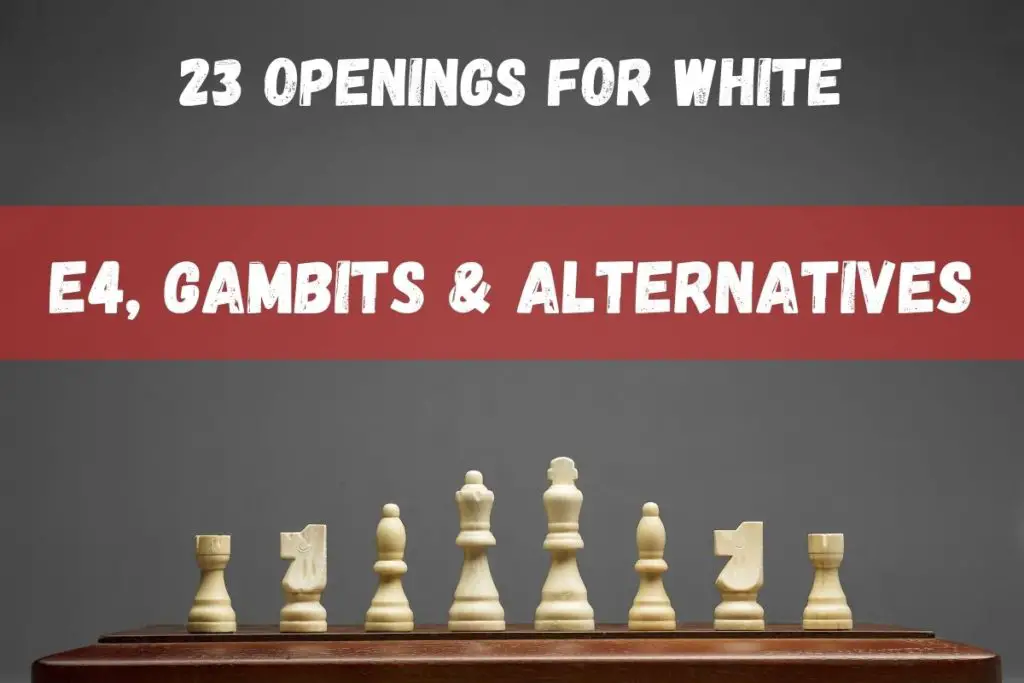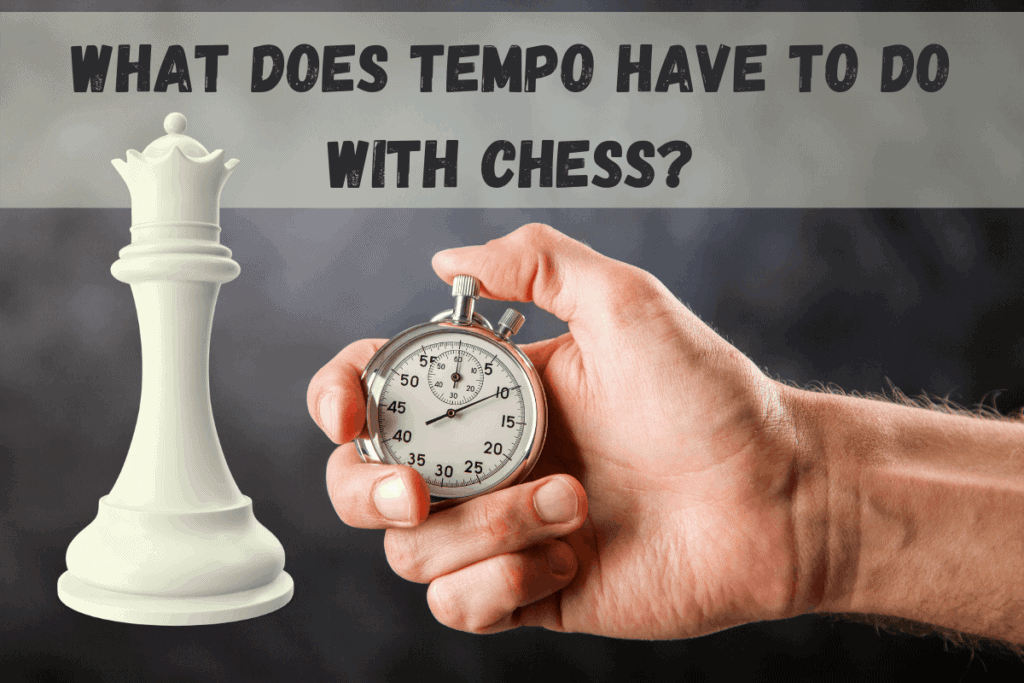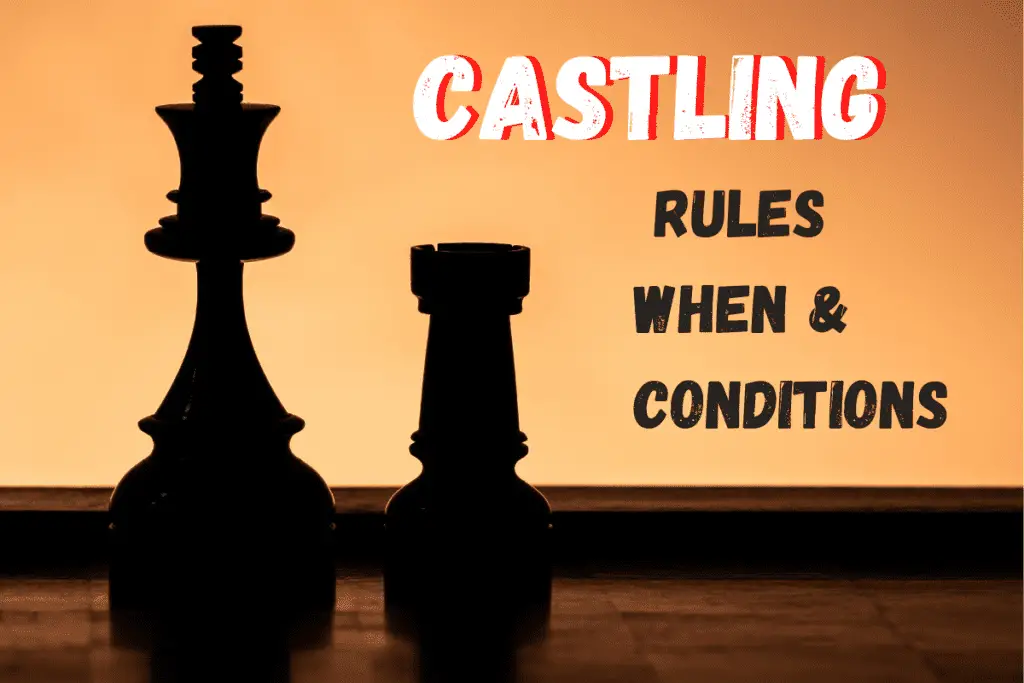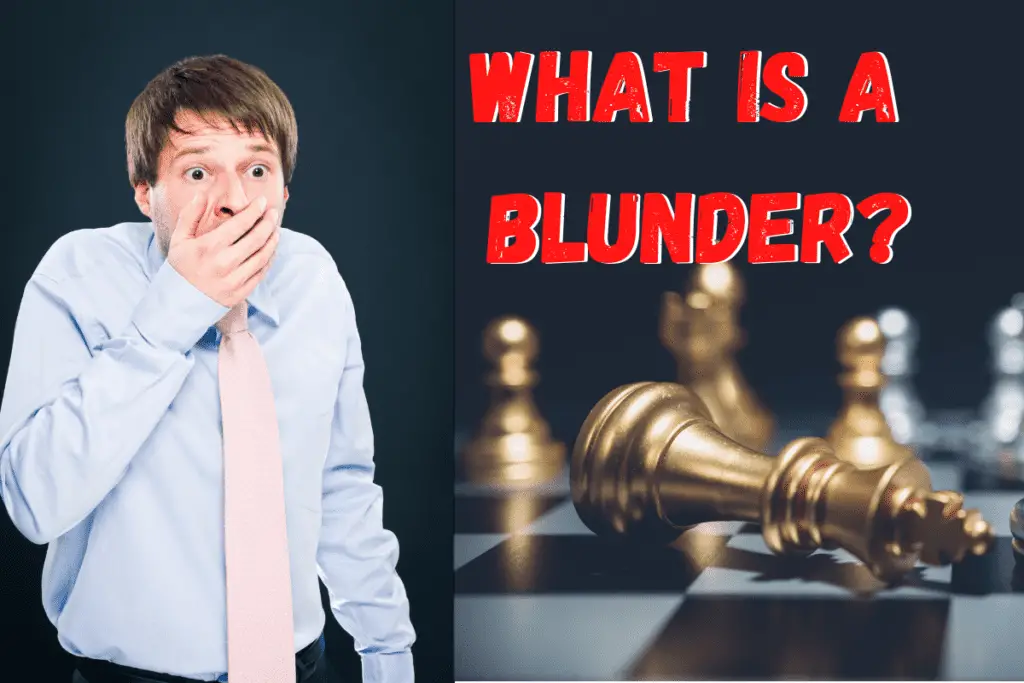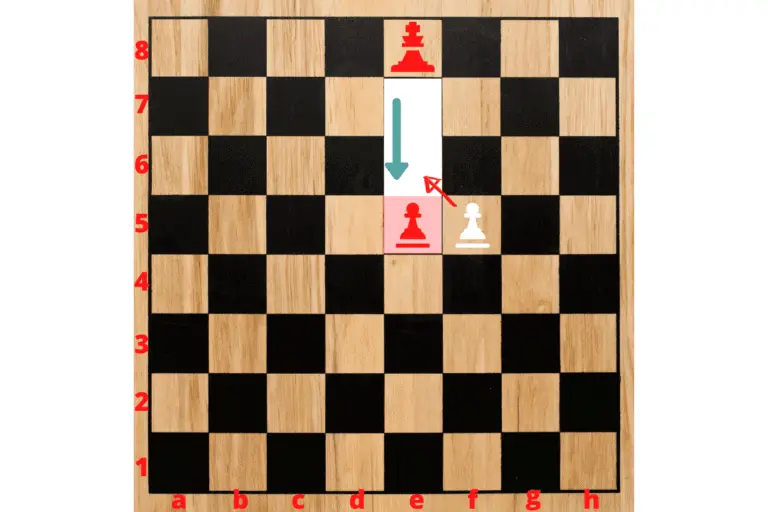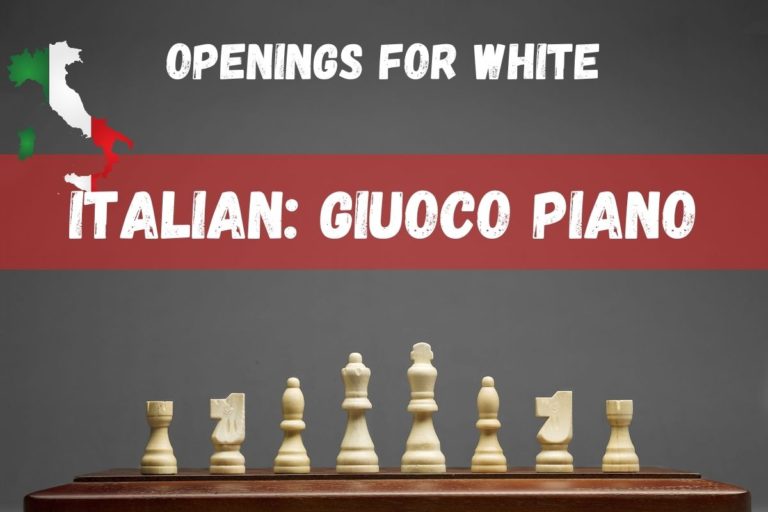21 Game Winning Chess Principles (inc Chess Opening Principles)
⭐⭐⭐ Take 15 minutes to read and improve your chess game ➡️ : This article was first published on, and is Copyright of Chessquestions.com
There are important chess principles that all players should know before they start playing. Chess is a game of strategy and skill. The goal is to take control of the chessboard by capturing your opponent’s pieces or forcing them to make bad moves.
There are many openings and strategies that you can employ during a game. Here I discuss my top 21 key principles of chess in detail so that you too can learn how to play like a pro!
Classic Chess Principles You Need to Know
OK, Let’s be honest there are more basic principles in chess you need to learn that you could possibly remember off the top of your head.
I had an idea of expending upon each and every one of the 64 chess principles in this wonderfully constructed list on chess.com but with all due respect to the author who seems to be no longer on the platform, it would be rather over-indulgent.
To take nothing away from the time and effort that has gone into putting such a list of chess principles together, each of which, have their place, but at the point of chess development you might be at in discovering this page, it could be a bit more than we want to take on.

So to that end, whilst the list is pretty much all-encompassing, and well explained in the form of a few words per bullet point, I thought I would take the liberty of pulling out what I think would be the best principles of chess from the list, including opening principles through to middle game and arguably most importantly endgame principles.
We can get a little too taken up with opening principles in chess and get lost in being so good at opening a game to get in a great position to be in no mental position to be able to finish off an opponent when we have them up against the ropes, and they then make a comeback and take the win, or force the draw.
Chess Opening Principle
Much time is taken with openings in a chess game, and to that end, this article is more about general principles in chess than opening principles and development, however, it would be remiss of me to ignore completely, but I will direct you to the openings section, for details info on various strategies, specific openings and the best first moves you can make. As well as the opening moves to NEVER make
1. Stick with just a few openings with White and a few openings with Black.
Further to what I suggest above in not getting too tied up with opening theory, it is good practice as a new chess player to concentrate on just a couple of openings to learn.
It is easy to get digging into white openings and then forget or be too full of information to consider what to do when playing black.
Some may argue that the very fact you go second with the black pieces and are therefore at a disadvantage for the start, learning how to open with the black pieces is even more important, although to counter that, surely it is just as critical not to give away the advantage of going first in ignoring to learn how to open when white.
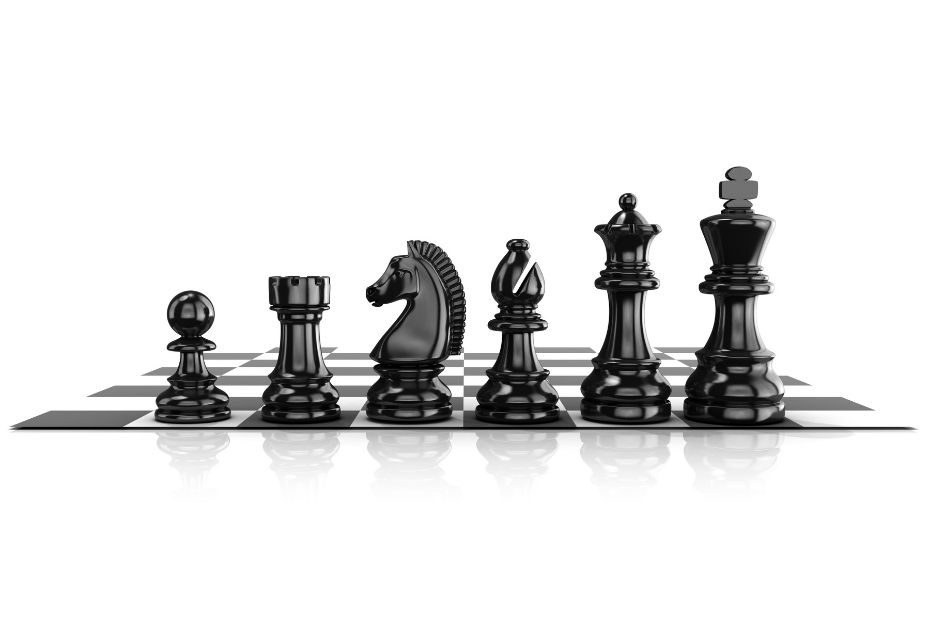
Anyway, the crux is, you should learn two white openings and two black to begin with and no more. Don;’t worry that you might not be able to identify what your opponent is playing, for now, just learn a couple of each and learn them well enough to understand a few lines and variations at least 5/6 moves deep.
You will undoubtedly have come across the super famous, super popular and super solid Ruy Lopez opening and that is fine.
However, things can get a little complicated and deep, so whilst I would recommend getting to grips with it as one of your openings to learn, don’t go too far down the rabbit hole .
Otherwise, you may come across the most ridiculous Ruy López Opening: Morphy Defense, Chigorin, Panov System and its 32 book moves; Just stick to the basics
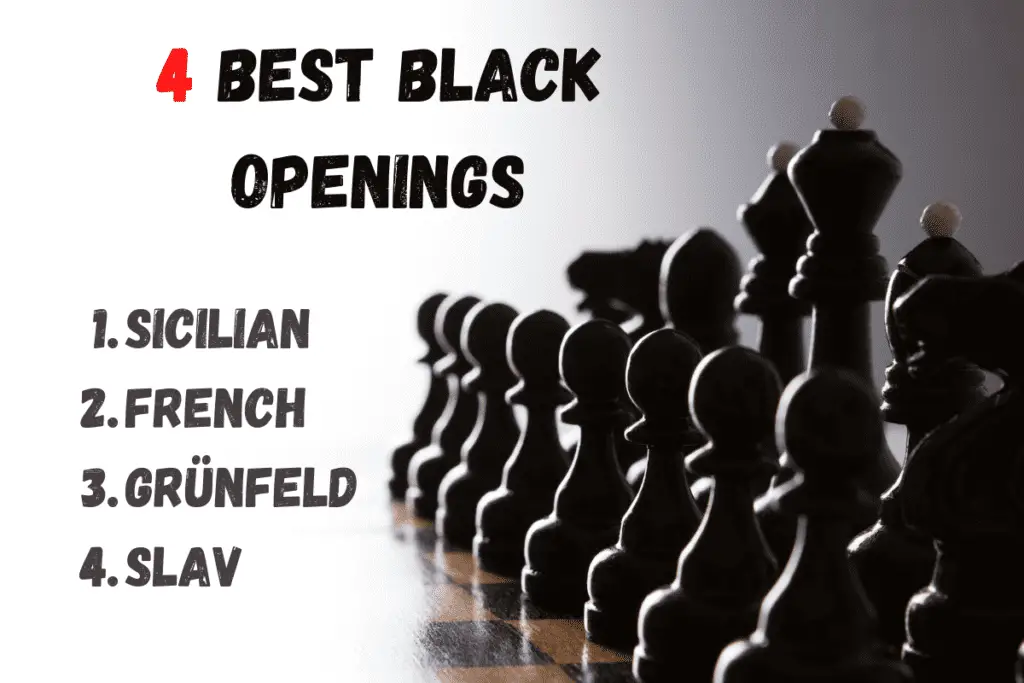
The two links here have 6 white openings and 4 black that are pretty easy to pick up as a beginner and will be simple to memorize.
I would also recommend signing up for a premium account on chess.com where there are many lessons to help you learn or try out the training modules on Listudy, which teach you through repetition, variations and lines
2. Develop your pieces quickly.
Try not to move a single piece twice in succession, unless you have to, and develop your pieces quickly to the center of the board. Your opponent will be doing the same with their central pawn options.
Try to resist the temptation of a trade early on, if it is offered you have to question why. Get those pieces out, don’t hang anything, and be solid
3. Control the center.
In chess, the center is the most important part of the board. It is where the majority of the action takes place.
If you want to win at chess, you must understand this principle and be in a position to fight to control the majority of the squares there, this is entirely what opening principles are about, making sure you lose no ground in the early exchanges.
4. Pieces First Pawns Second
There are 20 opening moves for white in chess, 16 for the pawns, and a further 4 for the knights.
Don’t put those Knights on the rim, you’ll find out why in this article and why in a moment.
Whilst we want to be developing our back rank pieces quickly we will most certainly want to be shifting a pawn or two first, followed by Knights and then bishops, casting and saving our queen for later.
The idea here is to clear the back rank, castle and connect the rooks and Queen prior to pushing too hard with the pawns.
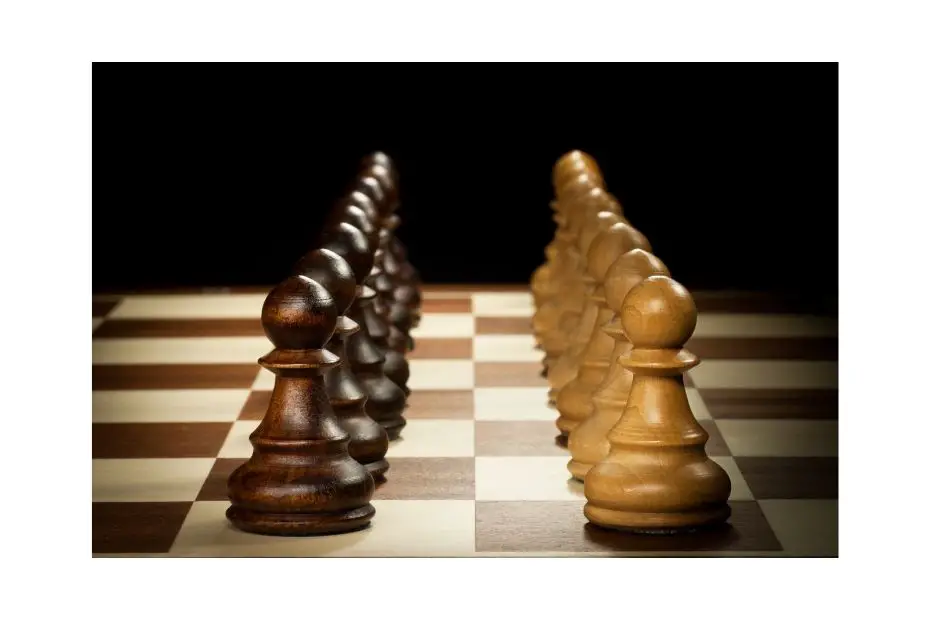
Of course, pawn development is very much a part of growing central squares control, but you don’t want to be caught with underdeveloped minor pieces that can not get out on the back rank or trapped major pieces under attack.
Don’t make too many pawn moves
As an extension to what’s just been explained, too many pawn moves will have you losing tempi in moving pawn more than once in the opening which prevents quick development of other pieces and will almost certainly lose tempi.
This is something you’ll almost never find a strong player doing.
5. Save tempi
Don’t move the same piece twice
In chess, it’s important to keep track of where each active piece is at any given moment. If you move a piece from one square to another, you need to remember which square it was previously occupying. This is called “keeping track” of your pieces.
Tempi being the derivative of tempo in chess, which is pretty much a waste of a move taken away from you with your opponent gaining a move advantage.
6. Consider careless pawn moves.
The only piece that can not move backwards in chess is the pawns. Once they have gone forward and been committee, there is no turning back.
Be considerate, don’t just throw a pawn forward without a plan or at least a reason. As the game progresses, those pawns become more valuable and if you can enter the end game with more pawns than your opponent, you may well be in the stronger position
7. Try to develop your knights towards the center.
Knights should be kept to the center, or controlling the center squares, the old saying ‘Knight on the Rim is Dim’ is so true given the limitations of squares they can move to. A knight can control 8 squares from the center of the board, whilst placing them on the 2 outermost files will half the number of squares they can defend and control.
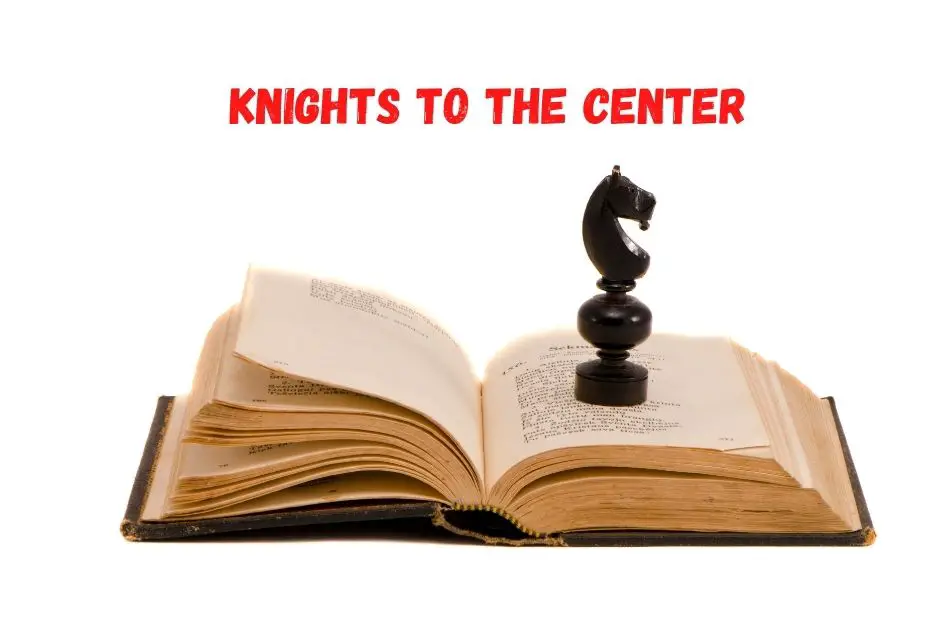
For more information on the effect of playing your knights out wide, take a look at the article on The horses moves in Chess. I know! It’s not a horse, it’s a knight but it is a horse too and often referred to as such.
Knights are also awesome for targeting a weak square or defending an attack on your opponents side
Knights First – Bishops After
To expand, you’ll want to be considering moving knights before bishops and getting your knights out first given how many squares they can control.
They too can get hemmed in despite the way they can move. It will get clustered in there at the start, but play considerately with good piece development, and you’ll have a super solid set up for the middle game.
8. Do not block in your bishops.
As discussed, we should be looking to ensure that whilst we want to consider developing the knights before the bishops, we also want to be mindful so as not to block those bishops in and held in on the back rank – It will prevent casting, and….
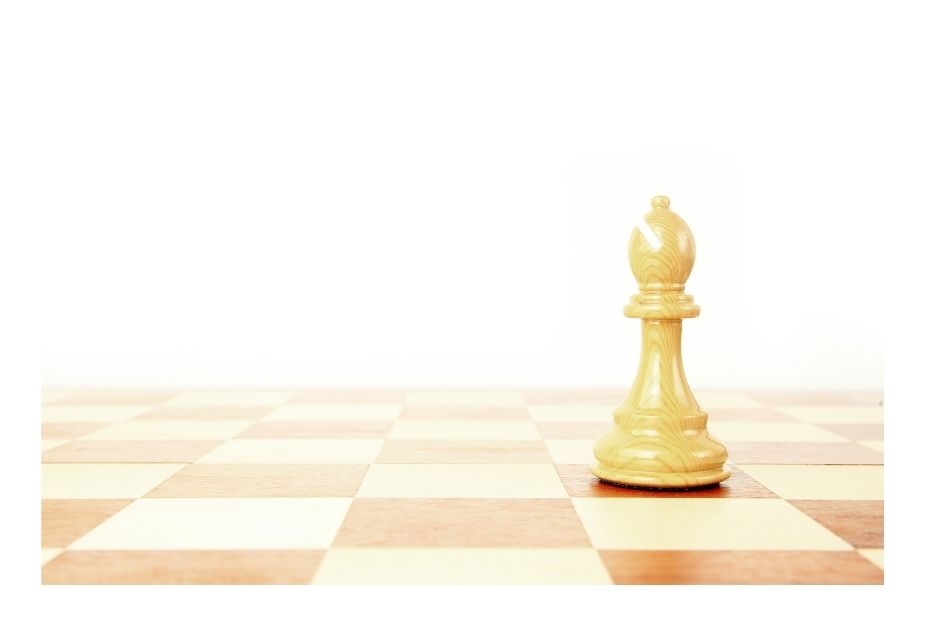
Bishops are worth more than knights except when they are pinned in.
Call me a little strange but I do get excited about the value of a piece in chess depending on the positions, stage of the game, and more. I think it appeals to my mathematical, analytical mind, and of course, I’m not the first to be thrilled by the prospect that the value of chess pieces can change depending on the position.
To that end, it is universally agreed that Bishops are worth more than a Knight, but this really can only be the case, should they be able to freely move, back and forth on their diagonals. Should they be hemmed in, or worse still, stuck on the back rank trapped by pawns, they become the best part useless.
Give your bishops room to breathe and they become more valuable to your game.
If you only have one bishop, put your pawns on its opposite color.
It’s kind of obvious once pointed out, but your bishops worst enemy can be your own pawns. Your bishop has no choice but to stay on the same colored square throughout the game on its diagonals, if your pawns are occupying them too, this can cause mobility issues for you.
9. Castle soon to protect your king and develop your rook.
There is no entirely safe place on the board but casting your King to safety is a solid part of your opening strategy. Keeping your king safe is THE Essential element of chess
Castle and Move Your King From the Center
A castle is a move where one player places his king into a corner of the board, usually behind his own pawns. This gives him a strong defensive position. It is often used to prevent the opposing side from making any progress towards winning the game.
Don’t move the pawns in front of the castled king
Try to keep your pawn structure strong in front of your king, allow space for escape if required, but don;t go charging forward with those pawns leaving your king fully exposed.
10. Principle of Centre Control
The center, especially the squares e4, d4, e5, and d5, is the most crucial portion of the chessboard to control. Controlling the center of the board places the player in a stronger position for both attack and tight defense. Good opening play will lead to the first battle in the game for control of the center.
Chess Principles
11. Don’t bring your queen out early.
Why do great players leave their Queen quietly at the back?
Because there is no need to rush out in the early part of a game of chess. You should be battling for central control with your minor pieces, making exchanges as required and desired, with you queen in potential support as needed.
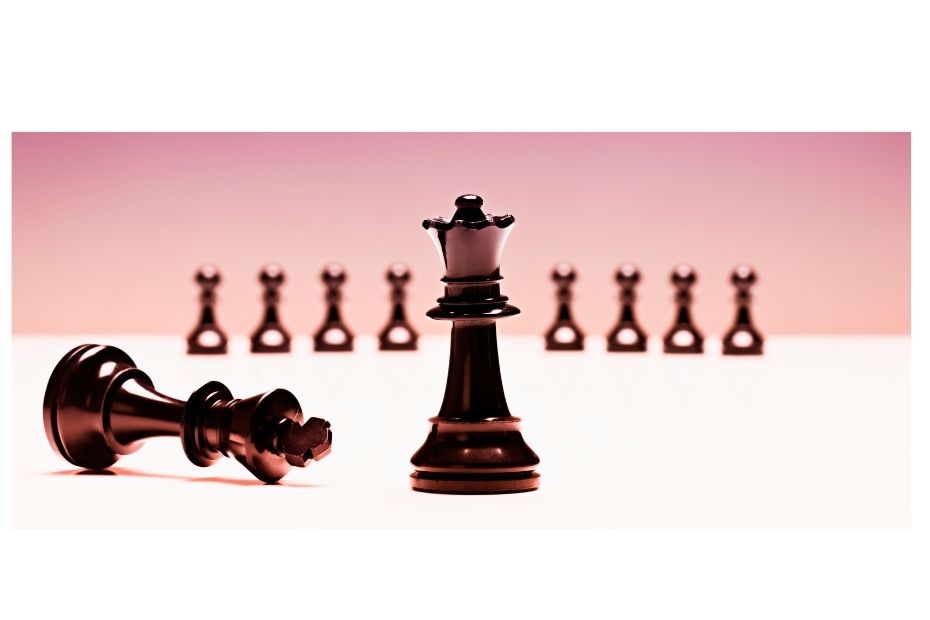
Bringing your Queen out early is an immediate target for your opponent which could lead to you losing Tempi as you avert capture of your most powerful piece of material. The Queen’s strength is her strength, you should not put her to the sword too early unless you have a very good strategy to do so.
12. Have a plan. Every move should have a purpose.
Don’t make a move for the sake of making a move. If you have the center under good control, leave your pieces there and do something in behind. There is no need to push a pawn a square forward in the event of not finding a better move.
If you feel you are stuck, and there is no good move to be made, look again, you’ll find it. In any event, don’t just pick a pice and move it because you don’t know what else to do, make sure there is an absolute purpose to the move you are about to make.
13. Coordinate your Pieces to Maximize their Potential
Coordinating pieces to attack a single square of defend an important piece that is controlling a key square is essential. Build up your lines of defense or attack so that if it comes to a central exchange of pieces, you can come out of the exchange with a material gain and positional benefit
Attack with more than just one or two pieces.
The single piece move and attack is a quick fire way to give away your advantage in a game of chess. Moving that one piece over and over again is rarely the route to victory, and you should always build your attack and coordinate using more than one or two pieces to ensure victory on the battle field, rather than going gung ho with a lone warrior
While that warrior may chase some piece and take a few down in the process, your opponent may also see opportunity to get in behind you while you concentrate on a single pice and single attack
14. Ask yourself, “why did they move there?” after each opponent move.
Always take a few second to check your opponents last move, even if you are 99% sure of what your next move is going to be.
Why did they move that particular piece. Was it to attack one of your pieces? Was it to defend another? Have they released another of their pieces that could have a devastating move for you next? Are they lining up the coordination of pieces to take you on in an important area.
Always assume the move your opponent just made was the best one there was, and work out why.
15. Exchange pieces if it helps your development.
A fundamental element of playing chess is that at some point you are going to have to trade pieces. Once all trades are done, you want to be walking away having gained more than you have lost.

If you must lose a piece, get something for it if you can.
Understand the value of chess pieces and you can work out in advance in a prolonged exchange of pieces could work out in your favour or not. If it doesn’t, then coordinate more pieces in that area, and ensure that when and if it does begin, you have the upper hand and the material gain when all is said and done.
Don’t be frightened of trading queens, even early, but do it on your terms.
Something many beginners do in chess which is not always necessary is defend a queen at all costs. Of course we do not want to lose our most powerful piece on the board, but on occasion and more frequently than you might imagine, it is in our favour to sacrifice our Queen, if we can gain capture of the enemy queen in return.
If we already have a material advantage, the balance is moved further in our favour if we can remove the opponents queen from the game, even if that means giving up our own.
16. Principle of King Safety
No one should need reminding that the absolute goal of a game of chess is not to lose your king to an undefendable attack. Concentrate on that first and foremost in every decision you make, and finding an attack on the enemy may be a more patient task, but also fraught with less danger than gung ho attacking with no regard for how your king will fare on his own, behind a couple of weak pawns on the back rank.
I think this quote from an excellent study site really sums it up, but you should never take it for granted
In reality, king safety is more a function of the eneemy’s ability to attack than the extent of the pawn cover around one’s own king.
By FM Sunil Weeramantry
17. Rook Principles
When considering rook principles in chess, it really comes down to the end game at which point they become the most effective they can be, and the most potent force in controlling the board and your enemy. They are a valuable piece of your armory.
Rooks are very limited in movement for much of a game of chess, thanks to the restrictions that singularly vertical and horizontal movement results when the board is congested.
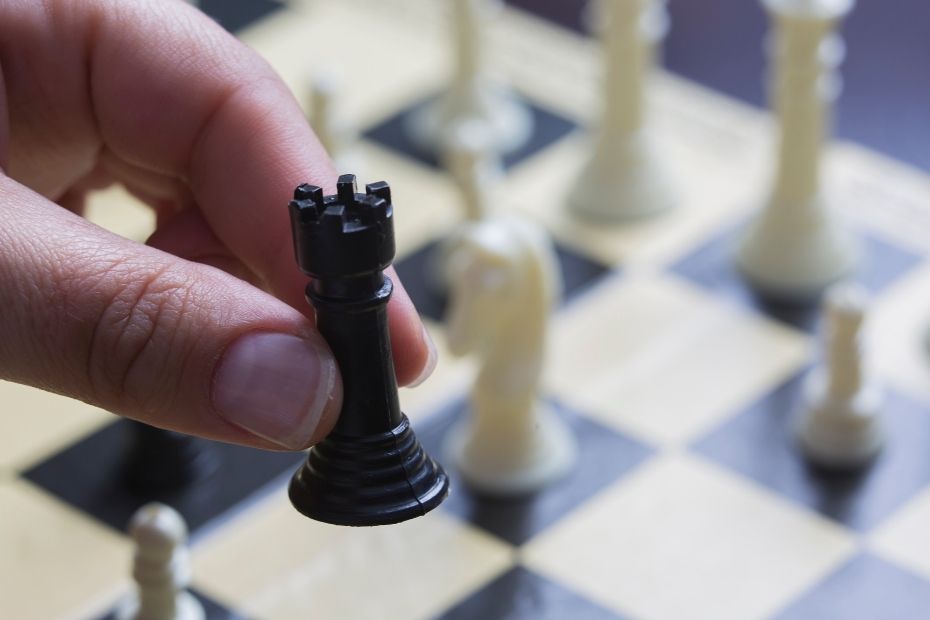
Just think of that time you wanted to get a rook out into open play but the back rank was blocked, and you figured it would take three short, right-left-right turns to bring it out. in the meantime, your opponent has gained three tempi and coordinated their pieces into a formidable attack, which you are now not in a position to defend.
The following rook principles should be considered
a. Develop rooks to open files.
An open file is an invitation to control for a rook. If you spot one, go for it, the sooner your rook is on the file it is controlling the entire length of the board
b. Attach your Rooks
Once on the open file, if your rook are yet to be connected – That is defending one another, then get them in position. Usually this is facilitated by an early casting move at which point they become joined. If not, why not, we should ask. You need to develop those minor pieces remember?
Not only do they help control the center of the board by by getting those pieces out early you will also be connecting your rooks quicker too.
c. Put rooks behind passed pawns.
Oh the passed pawn. One of my favourite things about chess is how piece values change as a game progresses, I may even have already mentioned it earlier in this article.
What is better than a passed pawn? A protected passed pawn in a solid pawn structure. So valuable and menacing is that pawn on the 6th and then 7th rank to your opponent, it should begin to attract all of their attention.
The closer it gets to the 8th rank and pawn promotion, the closer it gets to becoming a queen, so if you have a rook positioned squarely behind your passed pawns, at some point you are going to get a great exchange of any better valued enemy piece for your pawn, which they have to sacrifice to your defending rook
18. Don’t Worry About Blunders, Learn From Them
Someone once said, everyone blunders in chess, only better players blunder less often – or something like that.
Anyway, you will blunder, there is no doubt about that, but if you can consider each and every move carefully, you will blunder less, and you will reduce blunders further by analyzing your games, especially the ones you lose to see where those blunders and inaccuracies were made.
Chess.com game analysis will highlight your blunder and show you the moves you should have made, you’ll be amazed how many times, you will have missed a killer move, or a trade of queens that would have been a better move for you.
19. Watch out for captures by the retreat of an opponent’s piece.
Bishops move backwards – I remember who said that, Levy Rozman, othersie known as Gotham Chess on YouTube. Why do a I remember it was he who said it? Because he repeats it all the time because it is so true, and how often players forget that a bishop can also go backwards as well as forwards is remarkable.
The bishop can attack moving backwards, get out of trouble moving backwards, as can any other piece, With the exception pawns of course)
We don;t always have to look forward in chess, backward can reap its rewards too.
20. Watch your time and avoid time trouble.
When playing Rapid games of Chess of Blitz, we have the added element of time to consider.
Some coaches will suggest blitz is good for your game, maybe not overall, and too much blitz will drive you crazy, but I think it can be good for opening strategy and the rapid fire execution of book moves, can really drive those lines into your mind indelably.
However, time can also be your enemy and if you are not mindful of how much time you are taking on moves, or how much is left you may find yourself up in material, in a good position in a game, but without enough time to make the move required to finish your opponent off.
It is worth playing a good number of longer time games in between your rapid games, you will look at the game differently and also appreciate the intricasies a little more too.
21. Have Fun
Chess is not the end of the world, just have fun learning and playing
Conclusion
There are going to be more, I can almost hear you saying, what about not hanging pieces, what about isolated pawn, a bad bishop a good bishop, strong pieces, passive piece, 6th ranks and en passant. Yeah there are many more principles and plenty of lists that will offer just 6 in total. Indeed, there is a link somewhere at the head of this article pointing to a list of 64 chess principles.
We could easily take that to 3 figures and more, but the aim of my list here, is to work on each of these, and you will improve your chess game, you’ll [eventually] have less frustration and certainly enjoy gaining more control over your game and more importantly the board when you play

